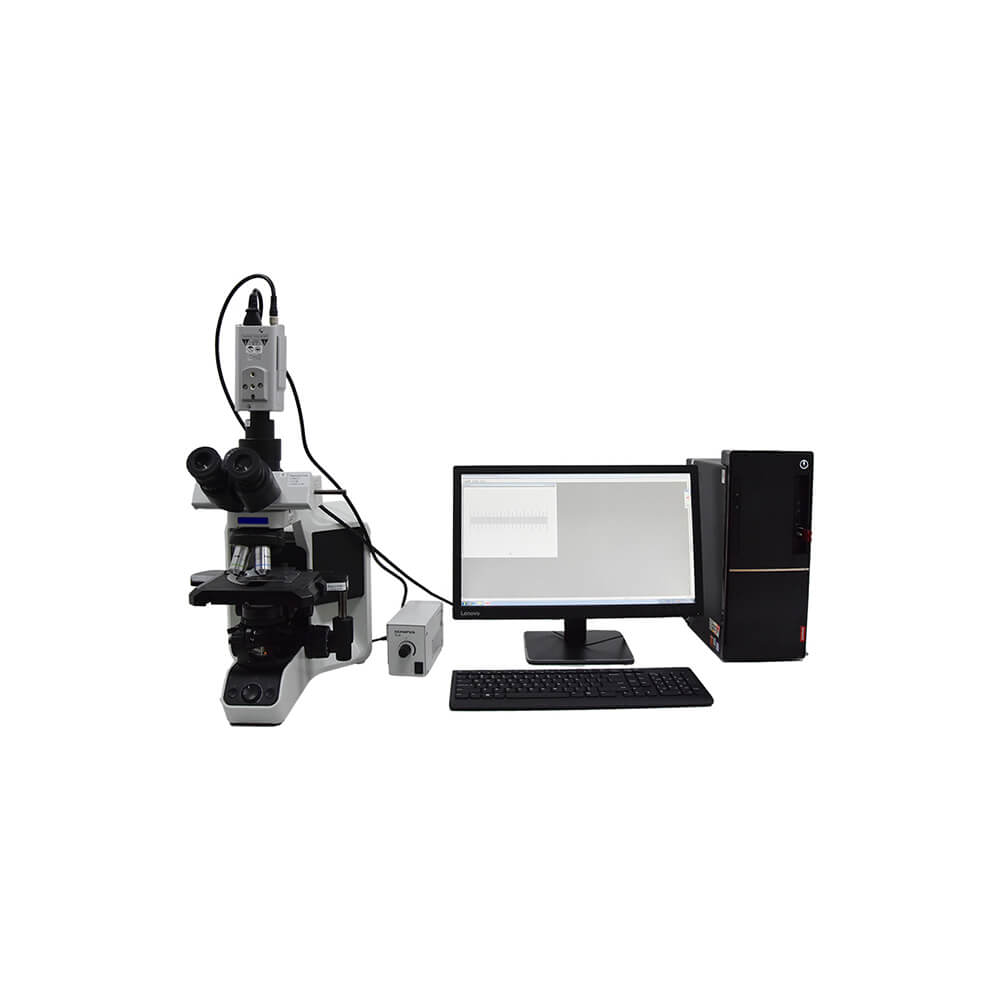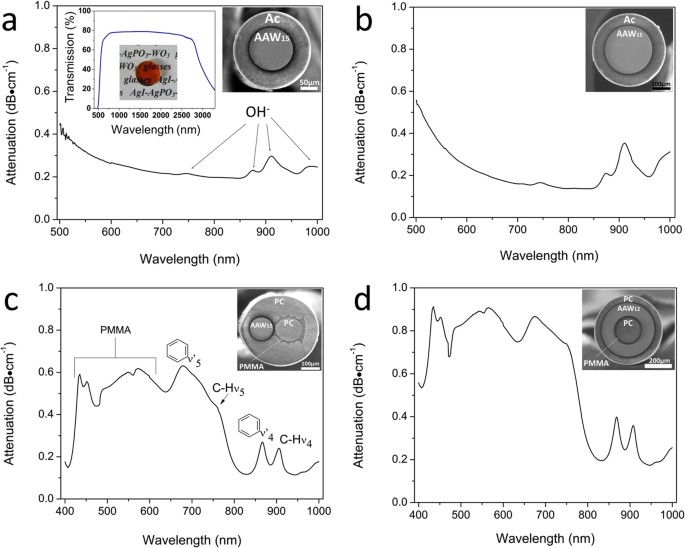The Importance of an Optical Fibre Diameter Analyser in Testing Environments
The Importance of an Optical Fibre Diameter Analyser in Testing Environments
Blog Article
Maximize Your Fiber Optic Efficiency: Comprehending Optical Fiber Size Analyser Modern Technology
The performance of fibre optic systems is critically influenced by the accuracy of their size, an element typically ignored in the search of optimal signal stability. Recognizing the technology behind optical fibre size analysers exposes the detailed equilibrium in between dimension precision and production quality. These devices not only boost compliance with industry requirements yet additionally supply real-time insights that can preemptively deal with possible problems. The implications of their usage expand beyond plain measurement; they can essentially change the landscape of fiber optic effectiveness. What aspects should one think about to harness their complete potential?
Relevance of Optical Fibre Size
The diameter of optical fibre plays a critical function in identifying the efficiency and effectiveness of communication systems. Conversely, smaller sizes often tend to sustain less settings, which can enhance signal clarity and lower crosstalk.

Moreover, recognizing the size's implications can cause cost savings by minimizing the need for signal amplification and repeaters in comprehensive networks (optical fibre diameter analyser). Finally, the value of optical fibre diameter can not be overstated, as it directly impacts the overall efficiency and integrity of contemporary interaction systems

How Size Impacts Signal Quality
Signal top quality in optical fiber systems pivots considerably on the diameter of the fiber. A smaller sized diameter can lead to greater attenuation prices, resulting in signal loss as light travels through the fibre.
Alternatively, bigger sizes generally permit enhanced light capture and minimized modal dispersion, enhancing signal clarity. In multimode fibres, a bigger core diameter can support multiple light settings, however it may also introduce intermodal dispersion, which can weaken signal quality. For that reason, picking the optimum fibre diameter is crucial for attaining the preferred performance in specific applications.
Additionally, the communication between the fibre diameter and the wavelength of the light used plays a critical duty in determining the reliable transmission range and total signal integrity. Thus, recognizing exactly how fibre diameter impacts signal high quality is vital for network developers and designers aiming to optimize optical fiber systems for dependable, high-speed information transmission.
Summary of Diameter Analyser Innovation
In many optical fiber production procedures, accurate measurement of fiber diameter is vital for making sure constant performance and top quality (optical fibre diameter analyser). Size analysers are sophisticated instruments developed to evaluate the physical dimensions of optical fibers with high precision. They use sophisticated optical and laser technologies to determine the size, ovality, and concentricity of the fiber, thus offering critical data for quality control
These analysers can run in-line throughout the production procedure or as part anchor of off-line testing protocols. In-line systems make it possible for real-time surveillance, allowing manufacturers to change parameters right away, thereby preserving ideal production conditions. Off-line analysers, on the various other hand, give thorough analyses of sets, making sure that any variances from specified resistances are identified and resolved.
Diameter analysers substantially add to the reduction of flaws in optical fibers, boosting total item integrity. By consistently measuring crucial parameters, these modern technologies facilitate compliance with sector criteria and specs. As the demand for high-performance optical fibers proceeds to rise, the role of size analysers ends up being progressively crucial in attaining the desired quality and performance requirements in fibre optic systems.
Key Functions of Fibre Size Analysers
Although various versions of fiber size analysers exist, they generally share numerous essential features that enhance their performance and dependability. Among the most significant attributes is high-resolution dimension capacities, which make sure exact diameter readings, important for keeping quality assurance in fibre production. In addition, numerous analysers incorporate advanced optical sensors made to find minute variants in fibre size, thus supplying vital information for procedure optimization.
Another crucial feature is real-time monitoring, allowing drivers use this link to receive immediate responses on fibre diameter throughout the production process (optical fibre diameter analyser). This capacity promotes fast changes and decreases the likelihood of problems. Lots of analysers additionally come equipped with easy to use user interfaces, allowing drivers to easily browse via data and settings results
Furthermore, durable data storage and evaluation functionalities are essential for tracking historical performance trends and ensuring conformity with market standards. Some versions also supply connectivity choices for assimilation right into existing production control systems, enhancing total operational efficiency. Compact and mobile styles permit for versatile deployment within manufacturing atmospheres, guaranteeing that quality assurance processes are smooth and reliable. These functions collectively contribute to the efficacy of fiber diameter analysers in enhancing fiber optic efficiency.
Best Practices for Fiber Optimization

First, routine calibration of optical fibre diameter analysers is essential. This ensures exact dimensions and reduces prospective disparities that can influence performance. Next, maintaining a wikipedia reference clean functioning atmosphere is important; dust and pollutants can lead to signal degradation.
Furthermore, it is essential to select fibres that satisfy particular application requirements. This entails evaluating aspects such as depletion, bandwidth, and environmental conditions. Correct installation techniques should additionally be abided by, including staying clear of sharp bends and too much tension, which can jeopardize fibre integrity.
Additionally, using innovative monitoring systems can promote real-time performance evaluations, enabling punctual recognition of concerns. Routine testing and upkeep ought to be performed to make sure that fibers remain within optimal functional specifications.
Last but not least, training workers on the most up to date fibre optimization modern technologies and approaches will improve their capability to carry out efficient approaches. By adhering to these finest methods, companies can considerably boost the efficiency and lifespan of their optical fiber systems, making certain effective interaction and information transfer.
Verdict
In conclusion, the assimilation of optical fibre size analyser technology is vital for taking full advantage of fibre optic efficiency. By making certain exact measurements of fibre measurements, these analysers substantially enhance signal top quality and lower losses during data transmission.
Signal high quality in optical fibre systems pivots significantly on the diameter of the fibre.In numerous optical fiber production processes, accurate dimension of fiber diameter is crucial for making sure regular efficiency and quality. As the need for high-performance optical fibers proceeds to increase, the function of size analysers comes to be increasingly essential in achieving the preferred top quality and performance standards in fibre optic systems.
These features collectively add to the efficacy of fibre diameter analysers in enhancing fibre optic efficiency.
In conclusion, the combination of optical fiber size analyser modern technology is vital for making the most of fibre optic performance.
Report this page